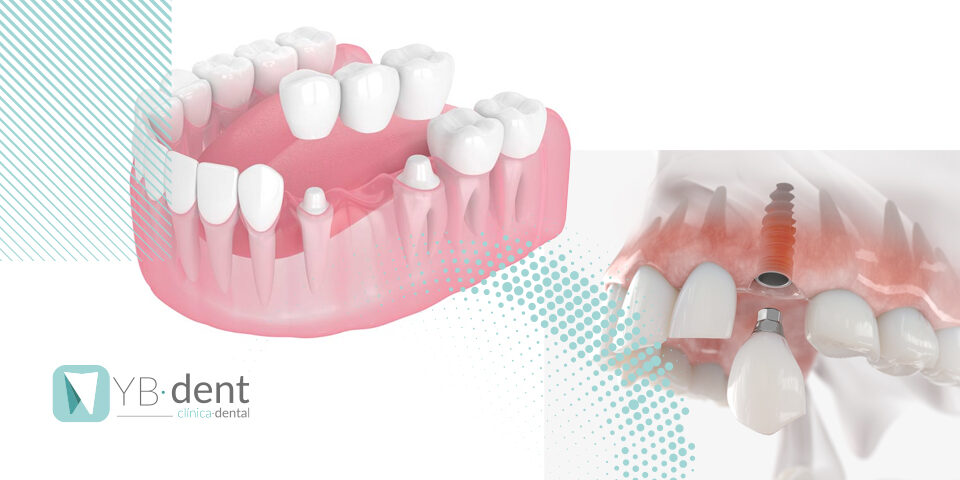Mitos sobre blanqueamiento dental

Tener los dientes blancos es una de las principales preocupaciones con nuestros dientes. Poder lucir una bonita sonrisa ayuda a las personas a mostrarse felices y seguras. Es por ello que buscamos blanquear nuestros dientes y lucir una sonrisa perfecta. No obstante hoy os vamos a hablar de los mitos sobre blanqueamiento dental.
Cada vez son más las personas que se preocupan por tener no solo unos dientes sanos, sino también una sonrisa perfecta. Gracias a la estética dental en Yb-dent podemos conseguirlo. Es una especialidad de la odontología que busca lograr una sonrisa natural. Los avances tecnológicos permiten acoplar las mejores soluciones al paciente y a sus necesidades y deseos.
Nuestro tratamiento blanqueador en YB-dent no implica desgaste ni dolor alguno. Por ello es importante que se realice en las mejores condiciones y siempre por un profesional. Disponemos de blanqueamiento dental que se realiza en una sola sesión con efectos inmediatos, y también blanqueamiento domiciliario que se realiza gracias a las férulas donde se aplica un gel de manera muy cómoda en casa.
Mitos sobre blanqueamiento dental
- El blanqueamiento dental estropea el esmalte de nuestros dientes
Mucha gente no se blanquea los dientes porque han escuchado o leído que estropea el esmalte natural de los dientes. Es importante resaltar que se debe hacer siempre por un profesional y si este se realiza en una clínica dental no hay ningún riesgo de ello. Siempre estará completamente controlado por un odontólogo profesional que te irá informando sobre todo el proceso y te aconsejará sobre los factores más importantes tras el blanqueamiento dental.
Este es uno de los principales mitos sobre el blanqueamiento dental que provoca que la gente no se blanquee los dientes. Pero cuando lo hace un profesional, el riesgo desaparece.
- La efectividad de las pastas dentales
Muchos dentífricos prometen blanquear los dientes en pocas semanas y nos dejamos influenciar por los anuncios de las marcas más conocidas del mercado. Lo cierto es que muy pocas pastas dentífricas contienen agentes blanqueadores y ofrecen el resultado que tanto prometen.
Estas pastas de dientes son abrasivas para los dientes consiguiendo eliminar las manchas externas, pero lo que realmente provocan es dañar el esmalte de nuestros dientes.
- El agua oxigenada blanquea nuestros dientes
No solo no es efectivo para blanquear los dientes sino que encima daña nuestras encías. Este es uno de los mitos sobre blanqueamiento dental más viral en internet. Debemos tener cuidado con lo que leemos y consultar siempre a un dentista.
Si tienes alguna duda, acude a nuestra clínica dental en Valencia YB-dent y te informamos acerca de todos los mitos y procesos.
- Kits de blanqueamiento dental en casa
Los más efectivos son aquellos que recomiendan un profesional y siguiendo siempre sus indicaciones. Hay que tener cuidado con los kits blanqueantes que encontramos por internet que no son efectivos.
Casi todos ocasionan efectos dañinos como sensibilidad dental, irritación de encías e incluso desgaste de nuestro esmalte dental.
- El blanqueamiento dental duele
No todos sufrimos la misma sensibilidad dental y por ello ciertas personas blanquearse los dientes les hace que se vuelvan más sensibles durante cierto tiempo. Se trata de una sensibilidad controlada y que no llega a ser dolorosa para el paciente.
Esto es algo muy común en ciertas personas. Los túbulos dentinarios se quedan abiertos tras ser limpiados. Para evitar estas molestias, se suelen aplicar geles especiales y de esta manera se calmara la sensibilidad dental. Estos hacen que los túbulos se cierren y así tampoco vuelvan a teñirse.
Clínica dental en Valencia
En YB-dent queremos que presumas de una bonita sonrisa y consigas sentirte más seguro y feliz. Nos preocupamos por ti en todo momento para que estés totalmente informado y puedas hacer las consultas que quieras.
Puedes hacernos una visita donde te informaremos de todos los detalles y te haremos una consulta personalizada. No todos estamos en las mismas condiciones y por ello necesitamos una atención personalizada.



